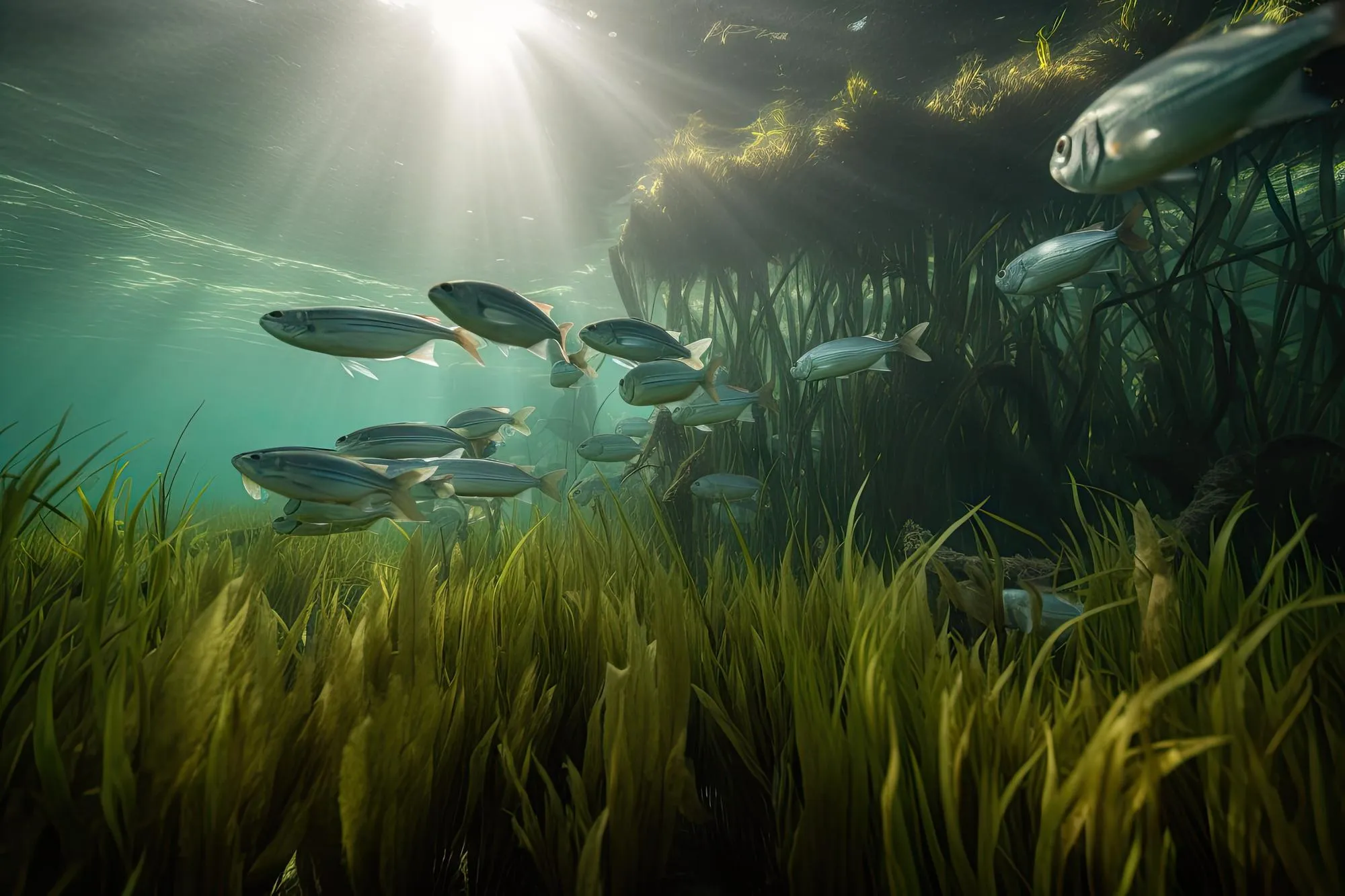Wetlands—nature’s own water filtration systems—are vital for the ecological health of our planet. They are the kidneys of the Earth, absorbing pollutants, conserving biodiversity, and serving as habitats to a myriad of species. The verdant tapestry of fens is part of this wetland mosaic, with particular importance for their role in ecological balance. In a groundbreaking study featured in Chemosphere, researchers from the University of Tyumen, Russia, along with their French and Kazakhstani counterparts, have taken a momentous step in safeguarding these natural assets by developing a new method for assessing the ecotoxicity of microelements in the fen of the Ob River’s floodplain.
Published on January 15, 2024, under the title “Assessment of microelement ecotoxicity in fen for ecological state monitoring” (DOI: 10.1016/j.chemosphere.2024.141163), this article draws attention to the silent threats facing fen ecosystems. The research team, led by Alexandra A. Belyanovskaya, with contributions from E.A. Soldatova, V.N. Kolotygina, B. Laratte, and N.P. Korogod, delves into the ecological ramifications of foreign substances entering fen environments, which can undermine the vital roles these regions play.
This comprehensive article, which resonates with the academic and environmental circles alike, discusses the implications of pollutants, focusing on how they potentially impair not only the ecological integrity of fens but also the well-being of species that depend on these habitats. The study brings to light the data from Tomsk Oblast, Russia—a region that is representative of wider global trends where the encroachment of industrial and agricultural pollutants poses a perennial threat to wetland ecosystems.
Through meticulous research and innovative assessment techniques, the authors have established a benchmark for addressing the often overlooked toxicity of microelements. They honed in on the particular impact these pollutants have on freshwater species, which are essential components of fen ecosystems. Their methodology represents a significant leap forward in environmental science, elucidating the nuanced relationships between pollutant presence and the viability of ecosystems such as the Ob River’s floodplain fen.
While the article is dense with scientific insight and data, it is written in a manner that makes it accessible to stakeholders ranging from policy makers to environmental advocates. The authors declare no competing interests, solidifying the study’s credibility and its value as an objective resource for ecological conservation efforts.
References
1. Belyanovskaya, A. A., Soldatova, E. A., Kolotygina, V. N., Laratte, B., & Korogod, N. P. (2024). Assessment of microelement ecotoxicity in fen for ecological state monitoring. Chemosphere, 351, 141163. doi:10.1016/j.chemosphere.2024.141163
2. Mitsch, W. J., & Gosselink, J. G. (2015). Wetlands (5th ed.). Wiley.
3. Zedler, J. B., & Kercher, S. (2005). Wetland resources: Status, trends, ecosystem services, and restorability. Annual Review of Environment and Resources, 30, 39-74.
4. Richardson, C. J. (2016). The Everglades Experiments: Lessons for Ecosystem Restoration. Springer.
5. Vymazal, J. (2013). Emergent Plants Used in Free Water Surface Constructed Wetlands: A Review. Ecological Engineering, 61, 582-592.
Keywords
1. Fen Ecotoxicity
2. Wetland Conservation
3. Ob River Microelements
4. Environmental Monitoring
5. Aquatic Ecosystems
The layers of knowledge we unravel through such dedicated research are instrumental not only for the ecological monitoring of sensitive regions but also serve as a blueprint for future endeavors aimed at conserving these precious ecosystems. To preserve the ecological state of fen wetlands, such assessments are crucial to initiating appropriate mitigation strategies and regulatory frameworks. This research article is a strong reminder that understanding and protecting our wetlands is not merely a scientific endeavor but an urgent imperative for the continuity of life on Earth.
